 |
 |
|||||||||||||||||||||
|
||||||||||||||||||||||
Baikal Teal (Anas formosa), Gilbert Water Ranch, Maricopa County
This Baikal Teal was discovered by Gary Nunn and photographed by Brendon Grice on 02 December 2010 in Pond 1 at the Gilbert Water Ranch and again on 03 December 2010 by James Jerome and Carl Stangeland, on 04 December by Mureil Neddermeyer, David Rosenberg and Cindy Marple and on 05 December 2010 by Bernie Howe.
Gary Nunn writes on his original discovery of the bird:
"The bird appears to be in intermediate molt from
juvenile or eclipse (basic) plumage into alternate plumage. The head
(wow!), chest, underparts appear molted but flank feather and wing molt is not
complete. It shows a small white vertical flank bar, and I could not
discern any full scapulars. Wings and the flank feathering just below the
wings appear dark brown with paler brown edging. The wings having darker
brown edges than the flank feathers.. Further detailed photographs may
provide better indication of
the age and plumage state of the bird. I checked a few resources online
and the plumage condition matched expectations for molt in this species at this
date."
Potential first state record. However, the origin of
rare waterfowl is always subject to question. Is the
bird wild or an escape? The ABA Checklist 7th edition says of Baikal Teal:
west coast Canada and US reports are considered vagrants while reports from the
interior in CO, OK, LA, NC, OH, Ontario have been questioned because of
uncertain provenance.
When waterfowl are kept in captivity, their owners are required by law to mark
them either with bands or by removing a hind toe (hallux). Of course, this is
not always done. The photos show that this bird is not
banded on either leg and has both of its hind toes. Although the bird is
obviously molting into alternate plumage, in these photos the wing feathers also
appear to be in excellent condition with no sign of fraying as might be expected
in a captive bird, even on the older outer primaries. None of this proves
that the bird is of wild origin, but the bird does not appear to have any of the
obvious signs that would indicate captive origin.
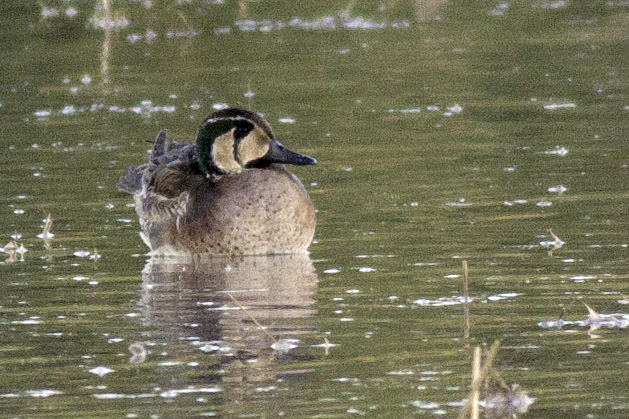
02 December 2010, photo by Brendon Grice

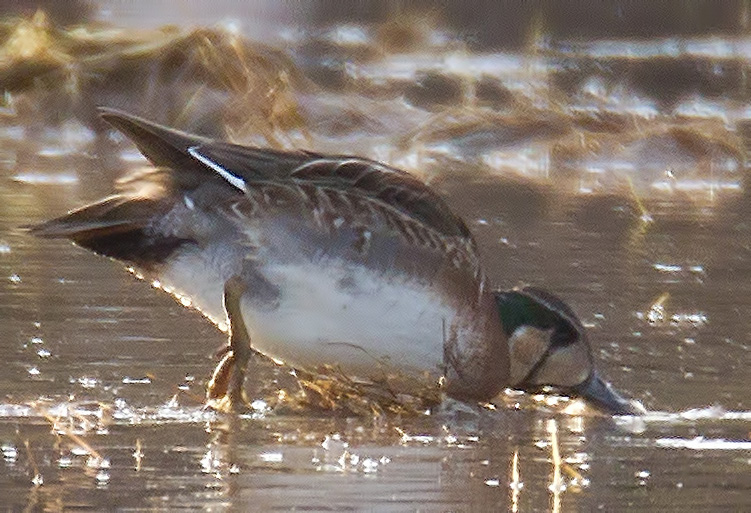
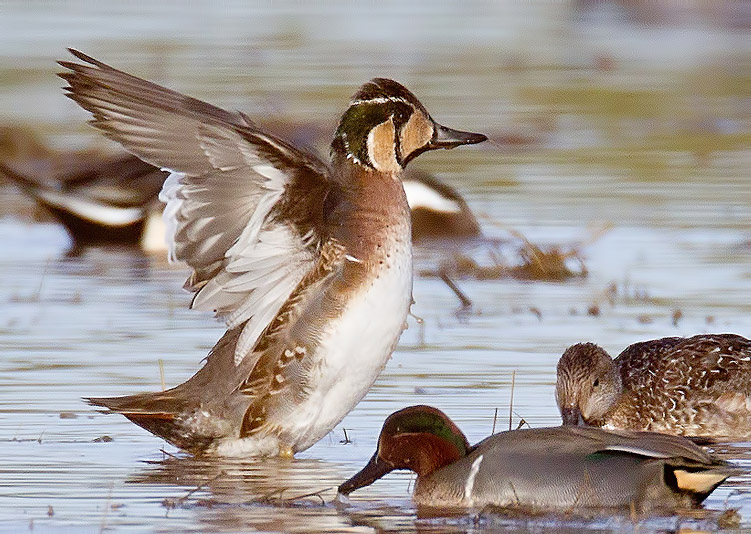

03 December 2010, photos by James Jerome

03 December 2010, photos by Muriel Neddermeyer

04 December 2010, photo by David Rosenberg
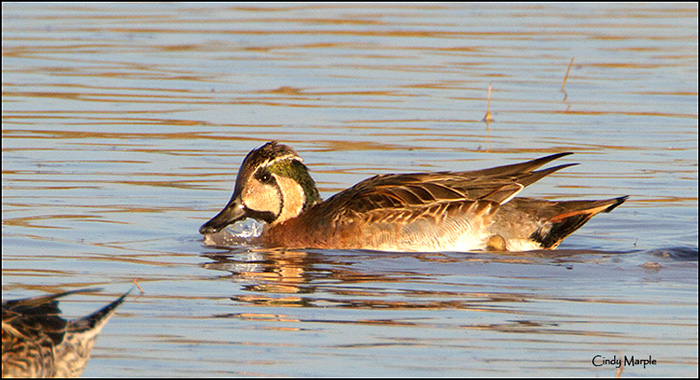
04 December 2010, photo by Cindy Marple
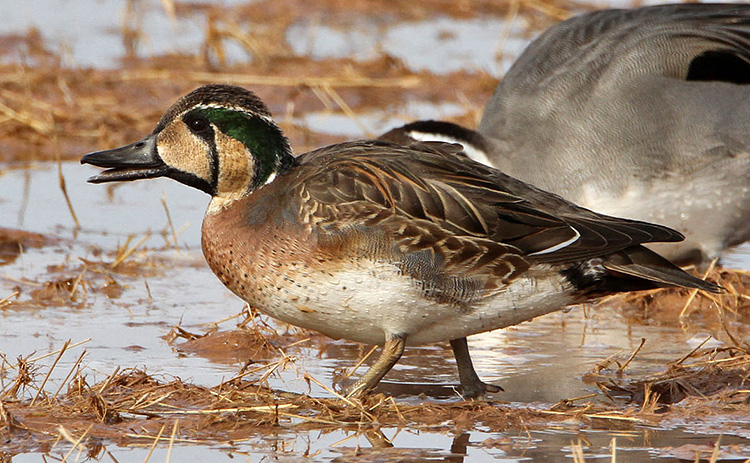

03 December 2010, photos by Carl Strangeland
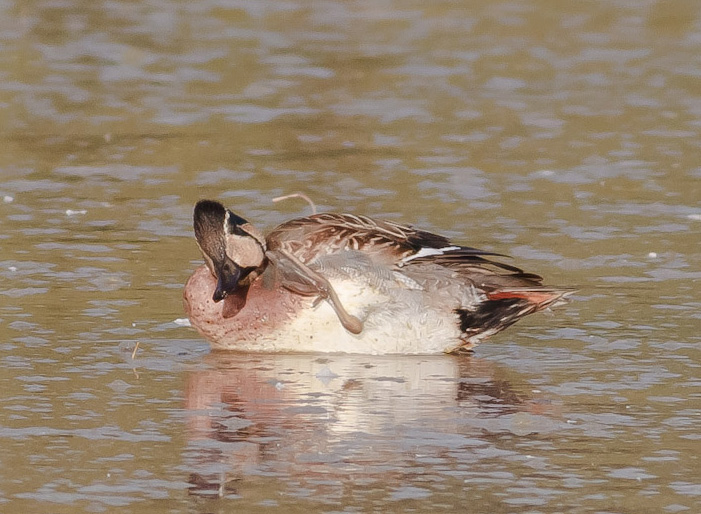

05 December 2010, photos by Bernie Howe
All photos are copyrighted© by photographerSubmitted on 03 December 2010
|
©2005
|
HOME | | | REPORT SIGHTINGS | | | PHOTOS | | | BIRDING | | | JOURNAL | | | ABOUT US | | | CHECKLISTS | | | AZ BIRD COMMITTEE | | | EVENTS | | | LINKS |